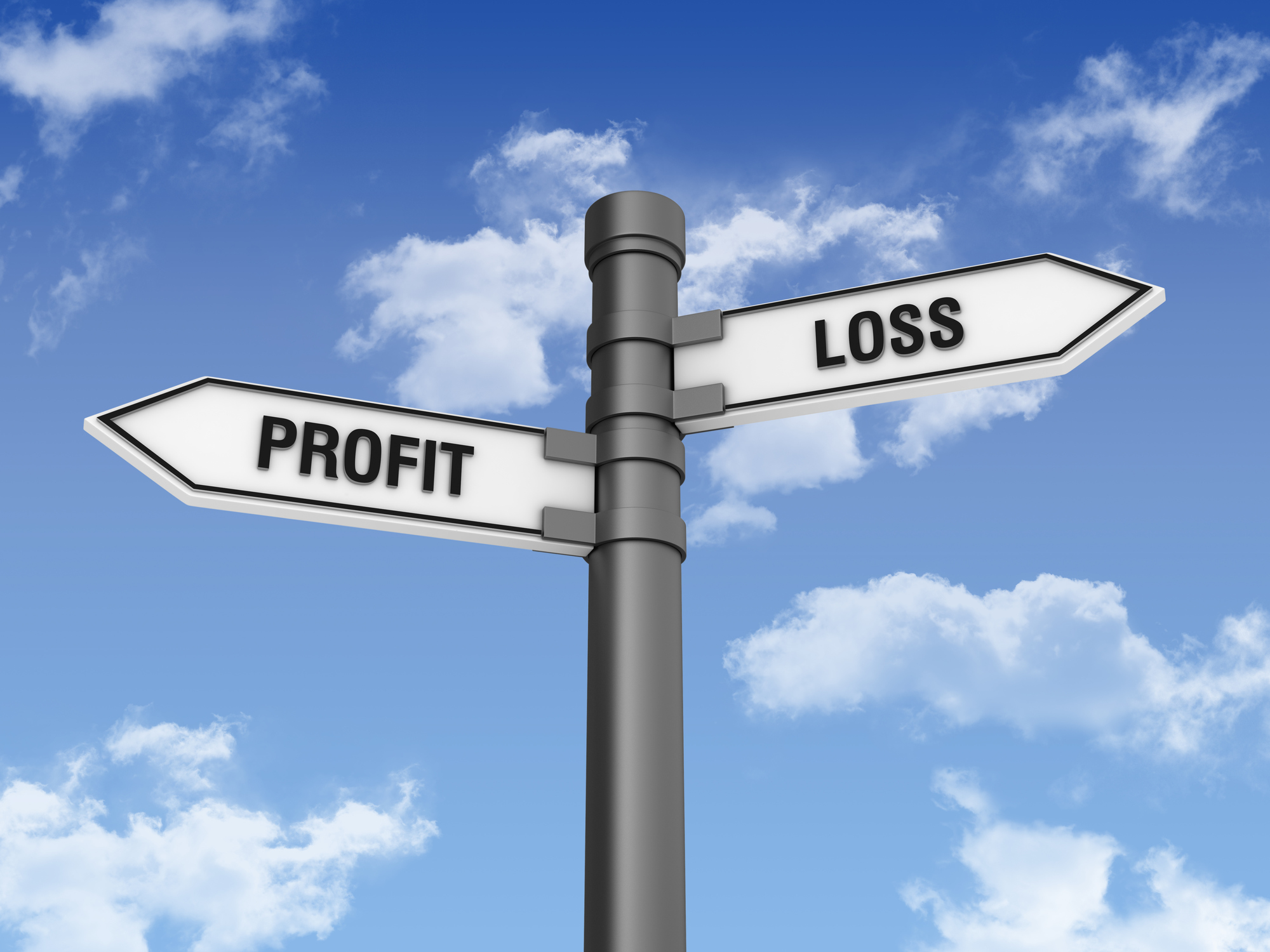The Turnaround in Financial Stocks
One fund manager says he's never seen so many opportunities in the U.S. financial sector as he does today.

Taken out of context, investors' euphoric response to the punk second-quarter profit reports of several major banks bordered on irrational.
For instance, look at how investors reacted to Bank of America's results. After the nation's second-largest bank reported on July 21 that second-quarter profits fell 41% from the same period in 2007, shares of Bank of America (symbol BAC) rallied 18% over the next two days. On July 22, Wachovia (WB) posted a second-quarter loss of nearly $9 billion, slashed its dividends and announced big layoffs. Its shares rose 27% that very day.
To be sure, some short-term forces are driving investors' exuberant reactions. Although Bank of America's results stunk, they still beat analysts' dismal expectations. A bullish Deutsche Bank report helped to fuel Wachovia's gains. And the cover story of the latest issue of Barron's, which hit newsstands over the weekend, instructed readers to "Buy Banks."

Sign up for Kiplinger’s Free E-Newsletters
Profit and prosper with the best of expert advice on investing, taxes, retirement, personal finance and more - straight to your e-mail.
Profit and prosper with the best of expert advice - straight to your e-mail.
But the bullish argument for bank stocks is based on the long-term view, says Charles Lahr, manager of Mutual Financial Services (TFSIX). "Buying financials blindly isn't a safe way to go," he says. "But there are a lot of bank stocks you can buy that will double your money in three years."
This isn't to say that Lahr believes that banks are in the clear. He expects more write-downs on soured subprime loans, and he says banks haven't yet felt the full effect of weakened consumers struggling to pay off car loans and credit cards. But the worst of the mortgage-related write-offs is definitely behind us, says Lahr. Plus, he notes, the stock market tends to be forward-looking: "A lot of the bad news is already priced in" financial stocks, Lahr says.
He's banking on it. Lahr, who can invest anywhere in the world, has been hiding out lately, with 70% of his fund's assets in foreign stocks. He expects to shift assets back to the U.S. over the coming months and years as he gradually buys into the most distressed areas of the U.S. financial sector. "The U.S. was the first nation to feel the effects of the subprime mess, and I expect it will be the first out," he says.
Lahr has done a decent job of containing losses during his relatively brief stewardship of Mutual Financial Services. Between December 31, 2005, when he became the fund's lead manager, and July 23, the fund's A shares lost 5.7% annualized, compared with a 6.4% annualized loss for the average financial sector fund and a 10.1% annualized loss for financial companies in the Standard & Poor's 500-stock index.
Looking for distressed sectors have led Lahr to the mortgage business, among others. Notwithstanding the related banking-and-housing crisis, mortgage lending isn't dead, Lahr says. He likes Hatteras (HTS), a real estate investment trust that buys mortgage securities issued by troubled giants Fannie Mae and Freddie Mac. "There are very low risks to the securities Hatteras invests in," he says. Lahr notes that the company generates a 22% return on equity (a measure of profitability) and that the stock, at its July 24 close of $23.61, trades at just a bit over book value (assets minus liabilities) of $21.57 per share.
He also likes cheap banks with strong deposit bases. PacWest Bancorp (PACW), a Southern California bank, is a favorite that has suffered because of weakness in the region's housing market. "PacWest has a huge low-cost deposit base that gives it a funding advantage for making loans," says Lahr. The bank could also be an acquisition candidate, he says.
Lahr doesn't own shares of Bank of America, but he says investors should appreciate that, at the July 24 close of $30.64, the stock trades at close to book value of $31.11. And he's a longtime holder of U.S. Bancorp (USB), which he still likes. "It's got a high-quality franchise and hasn't taken on any silly risks," he says.
Lahr hints that there are even better deals out there among big companies, although he won't identify any stocks he's currently purchasing. He says the key is to sniff out those big names trading at or near tangible book value. Tangible book value is a conservative measure of the value of a company if it were to be liquidated, counting as assets only things that could be sold off easily.
By that measure, Wachovia, with a tangible book value of $12.33 per share, and SunTrust Banks (STI), with one of $29.99 per share, appear to be fecund hunting ground for intrepid shoppers. Wachovia closed July 24 at $15.69, while SunTrust ended at $39.28.
Get Kiplinger Today newsletter — free
Profit and prosper with the best of Kiplinger's advice on investing, taxes, retirement, personal finance and much more. Delivered daily. Enter your email in the box and click Sign Me Up.

-
 Financial Security vs Financial Freedom: What's the Difference?
Financial Security vs Financial Freedom: What's the Difference?Having the ability to pivot without worrying about financial support is where financial security becomes financial freedom.
By Justin Donald Published
-
 Retired and Worried About a Recession? Six Ways to Prepare
Retired and Worried About a Recession? Six Ways to PrepareRetirees can plan for a near-term recession with a range of strategies, from small investment changes to significant lifestyle hacks.
By Maurie Backman Published
-
 Best Investments to Sidestep Trump's Trade War
Best Investments to Sidestep Trump's Trade WarThese ETFs are well-designed to weather rising U.S. protectionism and retaliatory tariffs.
By Jeff Reeves Last updated
-
 Stock Market Today: Stocks Slip as Inflation Worries Rise
Stock Market Today: Stocks Slip as Inflation Worries RiseConcerns over price pressures are growing ahead of next week's Fed meeting.
By Karee Venema Published
-
 Stock Market Today: Dow Adds 408 Points as Trump Answers Davos Questions
Stock Market Today: Dow Adds 408 Points as Trump Answers Davos QuestionsTech stocks surged late and the S&P 500 established its first new all-time closing high of 2025.
By David Dittman Published
-
 Stock Market Today: Stocks Pause After a Big Rally
Stock Market Today: Stocks Pause After a Big RallyThe Nasdaq continues to lag the S&P 500 and the Dow so far in 2025.
By David Dittman Published
-
 Why Bank of America Stock Is Still a Buy After Earnings
Why Bank of America Stock Is Still a Buy After EarningsBank of America stock is trading lower Wednesday after the financial firm reported earnings but Wall Street isn't worried. Here's why.
By Joey Solitro Published
-
 Earnings Season: Updates and Commentary
Earnings Season: Updates and CommentaryFourth-quarter earnings season nearing its end and there were key insights from both results and guidance.
By Kiplinger Staff Last updated
-
 Why Is Warren Buffett Selling So Much Stock?
Why Is Warren Buffett Selling So Much Stock?Berkshire Hathaway is dumping equities, hoarding cash and making market participants nervous.
By Dan Burrows Published
-
 Stock Market Today: Stocks Slip Ahead of Election Day, Fed Decision
Stock Market Today: Stocks Slip Ahead of Election Day, Fed DecisionPost-earnings strength from Amazon and Intel helped cushion the blow of a disappointing October jobs report.
By David Dittman Published